Previous
Art, profit and radical design: who is Zanotta?


Your dream house is one step away from you.
Subscribe to our newsletter and get 10% off orders of at least 100€!
Enjoy it and don’t miss out on our offers and updates.


The story begins in Bloomfield Hills, Missouri, in the late 1930s. It’s a long tale of love and success, a story to be read when you’re sitting comfortably. On an Eames Lounge Chair, for instance: and partly because this is the story of its birth. You’d probably recognise its shape from a thousand others: there’s never been anything quite like it.
Ray and Charles Eames are the protagonists of the story and the parents of this very special chair, but that’s not all they did: their work revolutionised the approach, the shapes and the language of design, changing American homes and everyday life forever.

This was precisely the goal the Eameses set themselves at the start of every new project: their designs should benefit the lives of as many people as possible, improving quality of life one home at a time. This was certainly not a mission that could be completed in a few years: what had begun as an adventure rapidly became a lifetime of collaboration.

He was an unqualified architect from Missouri, she was a Californian painter with abstract influences; they met at Cranbrook Academy of Art and married soon afterwards in 1941, after Charles decided to leave his wife and daughter to be with Ray.
They became partners in life, but above all in work: it was their mutual understanding and fascination for each other’s work that led them to join forces and set up the Eames studio, where they could experiment every day with shapes and colours.
Here, everything was touched and transformed: architecture, furniture, photography, exhibition stands - apparently nothing was outside their scope. Their atelier was ostensibly a jumble of creations and projects: one day a photographic set, the next a film location, the following day it was back to being an office or an archive.
Their creative process might last for several years, or just a few weeks, but the results were always milestones - for Charles and Ray, for the future of design and for America as a whole. The studio became their life, and their life happened in the studio.
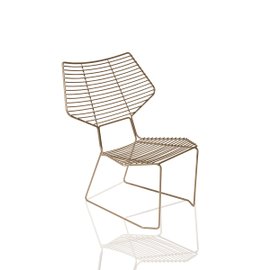
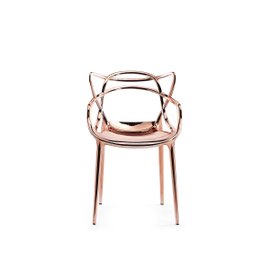
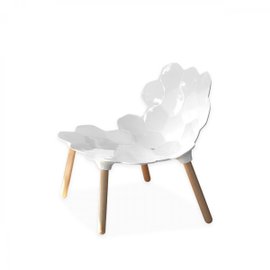

The story of the Eames studio, however, began much earlier, and it was all due to a failure. Charles and Eero Saarinen had decided to enter the MoMA’s Organic Design in Home Furnishings competition, with a plywood chair.
The Organic Armchair is exactly the opposite of the styles common at that time: it is not rigid or rigorous, but shell-shaped, designed to accommodate a person’s shape as comfortably as possible. There: “designed” as opposed to “made” is the key in this project: the chair was so far ahead of its time that it was impossible to manufacture; in spite of this, it was awarded first prize in the competition.

Deciding that the impossibility of manufacturing it was merely a temporary hurdle, Charles and Ray made the chair their first collaborative project in their Los Angeles workshop. Thanks to their research into new forms of stretcher for the US army, the Eameses realised they needed to overturn and rethink the creative process. They would not design the chair first, as Charles and Eero had done, but rather they would study the real-life situation with the support of a sample of real people, in order to find the best solution to the public’s various needs.
In 1946 the chair was finally ready, and its like had never been seen before. It was a new product for a new society - exactly what the United States felt itself to be after the Second World War. The Eames Molded Plywood Chair was unveiled at the MoMA - and then the real problems began. The design was attributed solely to Charles, ignoring not only Ray, but also the twenty or so young designers who worked at the Eames studio.
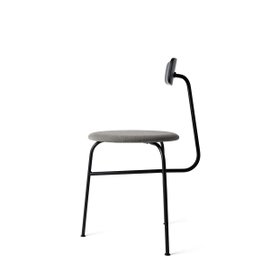

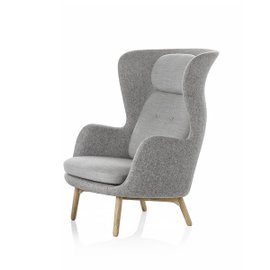
The design of the revolutionary chair had originated and been conducted as a collaborative project, the work of an entire studio. There was no doubt that Charles was a charismatic figure, capable of leading a group of people into ventures and projects that were almost visionary; and yet, if the end result was always functional and functioning, it was clearly thanks to their assistance and commitment.
Charles depended on Ray in particular for the aesthetics of all his designs. Not just her taste and her approach to colour, but also for the more sensitive and less impetuous vision she brought to the group work. At the conclusion of the documentary about life in the US commissioned from the Eames studio, which was to be presented to the USSR as a message of friendship, Charles wanted to include shots of missiles taking flight (not a great idea), but Ray came into the studio one morning saying resolutely: “Forget-me-nots. We’ll put forget-me-nots in it”. Packed audiences of emotional viewers showed that her inspiration had been correct

In the studio, everyone helped with everything, and this made it increasingly difficult to establish the paternity of one particular idea or contribution - partly because Charles didn’t insist on their being acknowledged. Moreover, as time passed he focused more on making films and became a consultant for large companies such as IBM and Polaroid, who were drawn to the Eames studio by Charles’ reputation.
Increasingly interested in mathematics, Charles led projects personally, continually isolating Ray, who could no longer add her aesthetic input. His extramarital affairs became more frequent too, and he no longer bothered to hide them, to Ray’s anguish and the bewilderment of their assistants, who were torn between Charles’ attractiveness and his contradictions.

After Charles’ death in 1978, Ray tried to keep the studio going, demonstrating a tenacity until then overshadowed by her husband’s personality, and began to be seen as a reference point in women’s design. But with the exception of a few completed projects, nothing really came out of the Eames studio, and it closed after Ray’s death, the same day as Charles’ but ten years later.
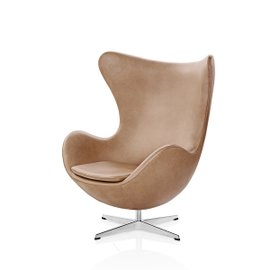
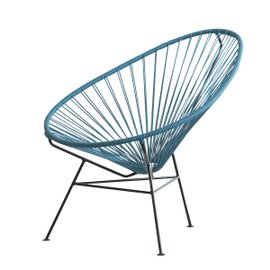
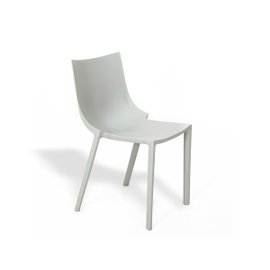
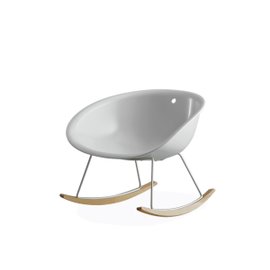
Horm Casamania
GamFratesi
Furniture
Tables & Chairs
Kartell
Philippe Starck - Eugeni Quitllet
Gifts
Best Italian Design
New&Cozy Express Delivery
Top brand Italian Design
LoveTheSign @ Gaudenzi
Italian Design
Design icons
A game of opposites
LOVE DAYS
LAST PIECES of products in stock up to 80% off
SLIDE
Roberto Paoli
Shattered Geometries
Menu
Afteroom
Fritz Hansen
Jaime Hayon
The best of Design
The Hygge Philosophy: Informal and Versatile also in the Office
Nordic Design
Arne Jacobsen
A neutral palette for multicolor effects
Earth tones and Marble
Ok Design
Outdoor
Driade
Philippe Starck
Top brand Outdoor
Pedrali
Archirivolto Design

 Back to
Back to
Size*
Quantity*




